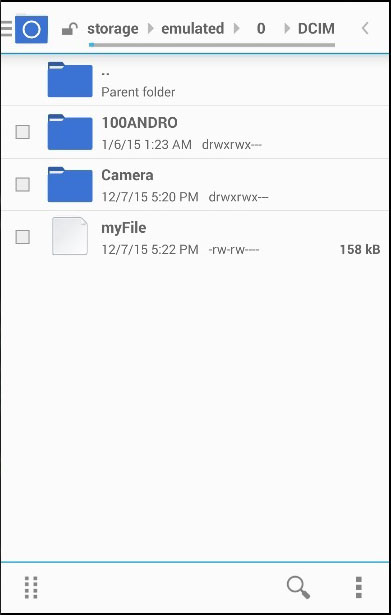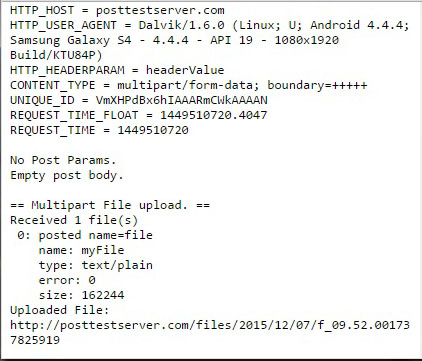Cordova file transfer
May 21, 2021 Cordova
Table of contents
This plug-in is used to upload and download files.
Step 1 - Install the file transfer plug-in
We need to open the command prompt and run the following command to install the plug-in.
C:\Users\username\Desktop\CordovaProject>cordova plugin add cordova-plugin-file-transfer
Step 2 - Create a button
In this chapter, we'll show you how to upload and download files. /b10> Let's .html two buttons in the index file.
<button id = "uploadFile">UPLOAD</button> <button id = "downloadFile">DOWNLOAD</button>
Step 3 - Add an event listener
The event listener will be created in the index .js onDeviceReady function. We are adding click events and callback functions.
document.getElementById("uploadFile").addEventListener("click", uploadFile);
document.getElementById("downloadFile").addEventListener("click", downloadFile);
Step 4A - Download feature
This feature will be used to download files from the server to the device. /b10> We've uploaded your postimage.org to make it easier. /b11> You may want to use your own server. /b12> The function is placed .js index and triggers when the appropriate button is pressed. /b13> uri is the server download link, fileURI is the path to the DCIM folder on our device.
function downloadFile() {
var fileTransfer = new FileTransfer();
var uri = encodeURI("http://s14.postimg.org/i8qvaxyup/bitcoin1.jpg");
var fileURL = "///storage/emulated/0/DCIM/myFile";
fileTransfer.download(
uri, fileURL, function(entry) {
console.log("download complete: " + entry.toURL());
},
function(error) {
console.log("download error source " + error.source);
console.log("download error target " + error.target);
console.log("download error code" + error.code);
},
false, {
headers: {
"Authorization": "Basic dGVzdHVzZXJuYW1lOnRlc3RwYXNzd29yZA=="
}
}
);
}
Once the Download button is pressed, the file will be downloaded from postimg.org server to our mobile device. /b10> We can check the specified folder to see if myFile exists.

The console output looks like this -

Step 4B - Upload function
Now let's create a function that uploads the file to the server. /b10> Again, we want to simplify the process as much as possible, so we'll posttestserver.com using the online server. /b11> The uri value will be linked to the posttestserver published.
function uploadFile() {
var fileURL = "///storage/emulated/0/DCIM/myFile"
var uri = encodeURI("http://posttestserver.com/post.php");
var options = new FileUploadOptions();
options.fileKey = "file";
options.fileName = fileURL.substr(fileURL.lastIndexOf('/')+1);
options.mimeType = "text/plain";
var headers = {'headerParam':'headerValue'};
options.headers = headers;
var ft = new FileTransfer();
ft.upload(fileURL, uri, onSuccess, onError, options);
function onSuccess(r) {
console.log("Code = " + r.responseCode);
console.log("Response = " + r.response);
console.log("Sent = " + r.bytesSent);
}
function onError(error) {
alert("An error has occurred: Code = " + error.code);
console.log("upload error source " + error.source);
console.log("upload error target " + error.target);
}
}
Now we can press the Upload button to trigger this feature. /b10> We will get the console output to confirm that the upload was successful.

Now we can press the Upload button to trigger this feature. /b10> We will get the console output to confirm that the upload was successful. ...
